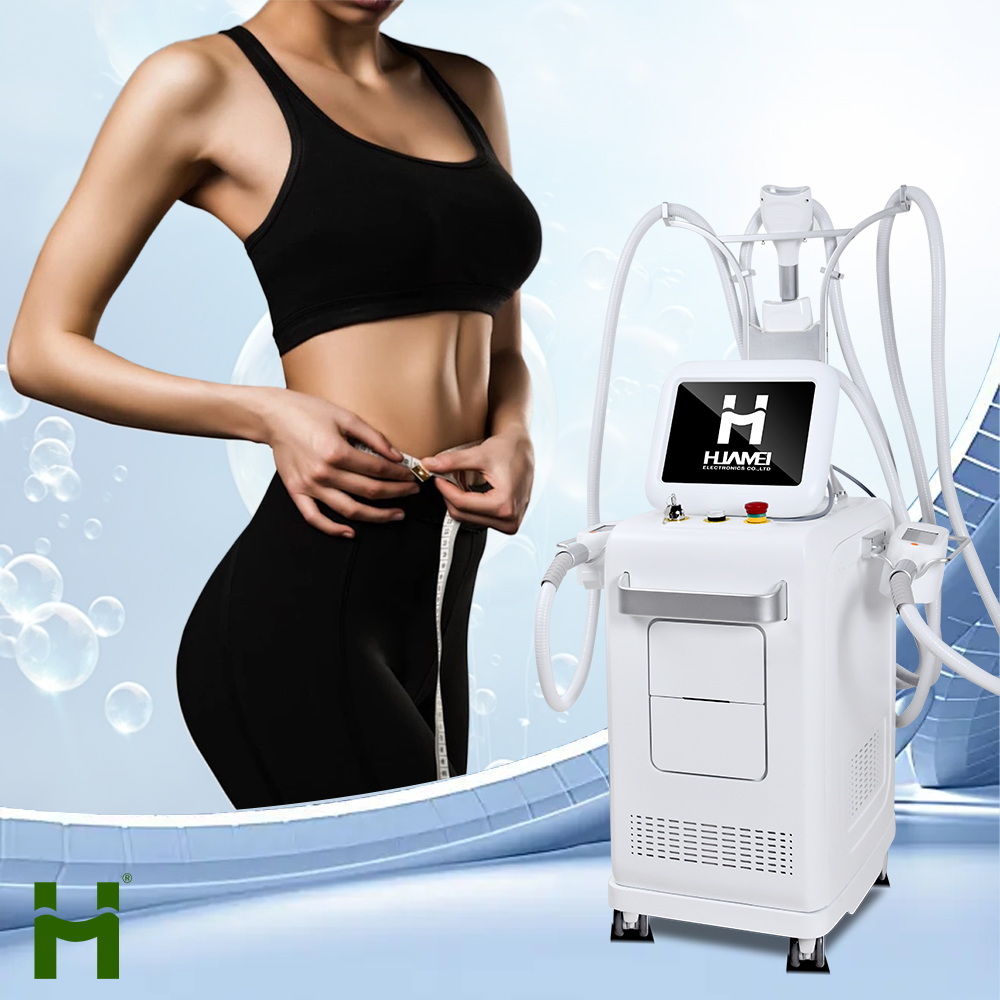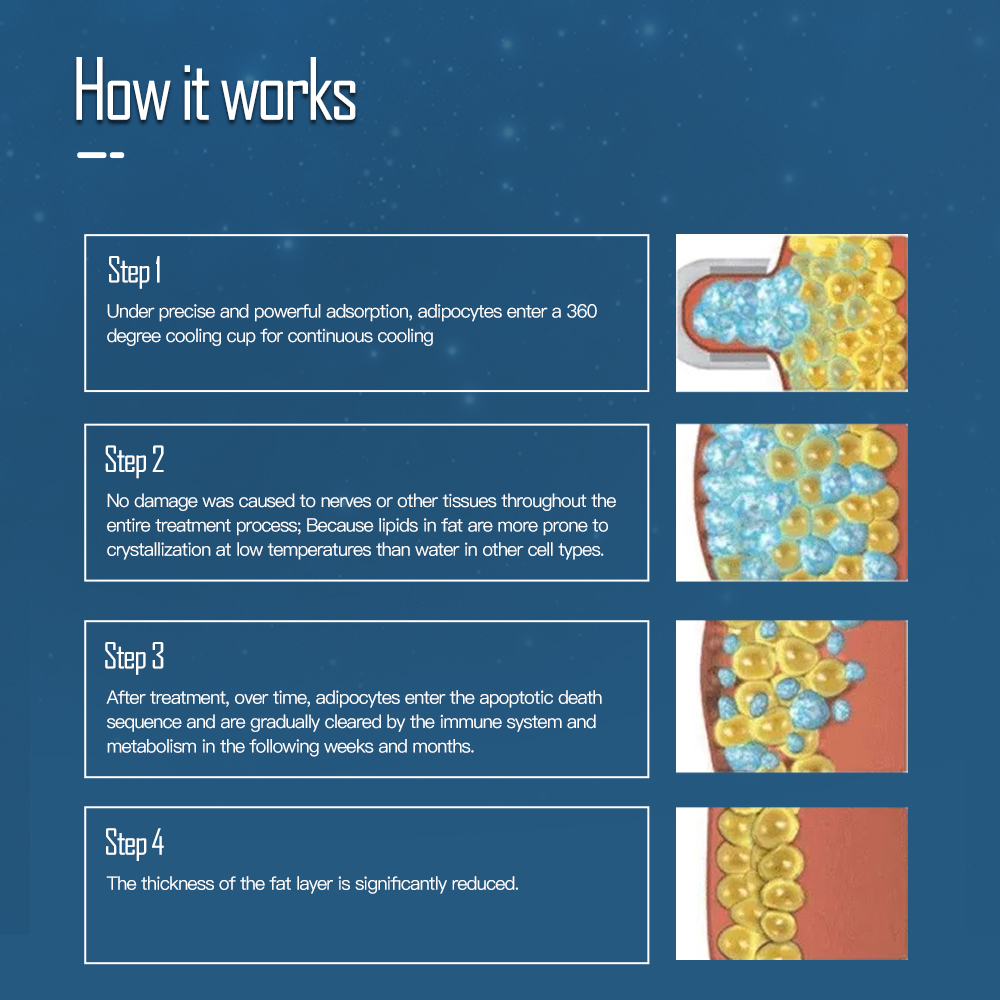What is cryolipolysis?
Cryolipolysis, commonly referred to as fat freezing, is a nonsurgical fat reduction procedure that uses cold temperature to reduce fat deposits in certain areas of the body. The procedure is designed to reduce localized fat deposits or bulges that do not respond to diet and exercise. It is not intended for people with obesity.

What areas of the body are best suited for cryolipolysis?
The Food and Drug Administration has approved cryolipolysis to treat fat deposits beneath the chin, upper arms, inner and outer thighs, abdomen, hip/flank (“love handles”), upper back (“brassiere rolls”), lower back, and underneath the buttocks.
How is cryolipolysis performed?
The procedure can be done in a doctor’s office or outpatient clinic. The size and shape of the fatty deposit is assessed and the area to be treated is outlined with a skin-marking pencil. Patients are awake during the procedure.
A handheld device called an applicator is used to freeze the layer of fat cells (adipocytes) underneath the skin. First, a gel pad is applied to the area to protect the skin. Next, the fatty bulge is suctioned or vacuumed into the applicator’s hallow opening. You will feel a tugging or pulling sensation as suction is applied. These sensations, intense cold plus other possible sensations – tingling, stinging, aching, cramping – lessen after 5 to 10 minutes as the area becomes numb during the cooling down process. The fat layer is gradually cooled to the target temperature of between 30.2 and 39.2 degrees Fahrenheit.
It takes up to one hour to treat an area. After the area is treated, the applicator is removed. The area may be massaged for 2 to 3 minutes to assist with the breakdown of the fat cells.

How are fat cells destroyed?
The technique is based on the finding that fat cells are more susceptible to damage from cold temperatures than other cells, such as skin cells. The cold temperature injures the fat cells. The injury triggers an inflammatory response by the body, which results in the death of the fat cells. Macrophages, a type of white blood cells and part of the body’s immune system, is “called to the injury location,” to rid the dead fat cells and debris from the body.
Risks / Benefits
What are the advantages of cryolipolysis?
There are many advantages to cryolipolysis:
No surgical incision is required.
It is a low risk procedure. There is no risk of infection.
The procedure can be performed on an outpatient basis.
Patients do not need to be sedated or anesthetized before undergoing the procedure.
More than one area of the body may be treated in a single session.
Most people can resume their normal daily activities immediately after treatment.
The procedure can be performed on people of all ages.
There is no damage to nerve fibers, blood vessels, muscles, or lasting damaging to skin in the treatment area.
Fat cells that have been damaged or destroyed are permanently removed from the body.
Patients may experience an increase in self-esteem due to an improvement in their appearance.
Are there any people for whom cryolipolysis is not recommended?
Cryolipolysis should not be performed on people with obesity. Also, it should not be performed on areas of skin that are cut or injured, contain severe varicose veins, dermatitis, or other skin lesions.
People who have abnormal cold sensitivity or cold intolerance are not suitable candidates. The procedure is not recommended for people who have the following conditions:
Raynaud’s phenomenon. A rare condition in which cold temperatures can impede blood flow to the fingers and toes.
Cryoglobulinemia. A type of vasculitis (inflammation of blood vessels) caused by abnormal proteins that become solid or gel-like in the presence of cold temperatures. It is associated with blocked blood vessels and other problems.
Paroxysmal cold hemoglobinuria. A very rare autoimmune disease in which red blood cells are damaged during exposure to cold.
Cold urticaria. A rare condition in which the skin develops red, itchy spots (hives) after exposure to cold temperatures.
Cold agglutinin disease. A rare type of autoimmune hemolytic anemia in which the body's immune system mistakenly attacks and destroys its own red blood cells. The condition is often triggered or made worse by cold temperatures.








